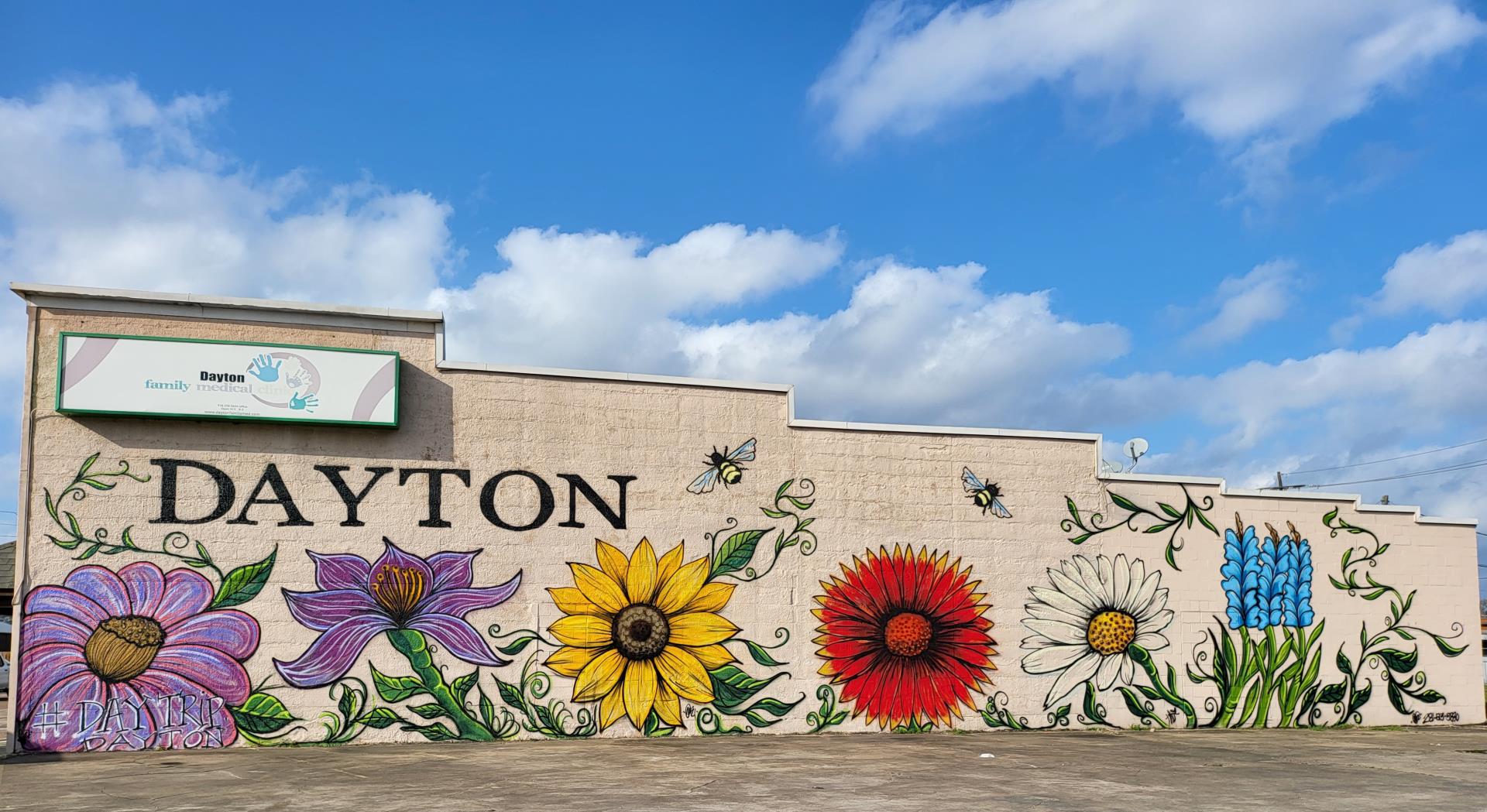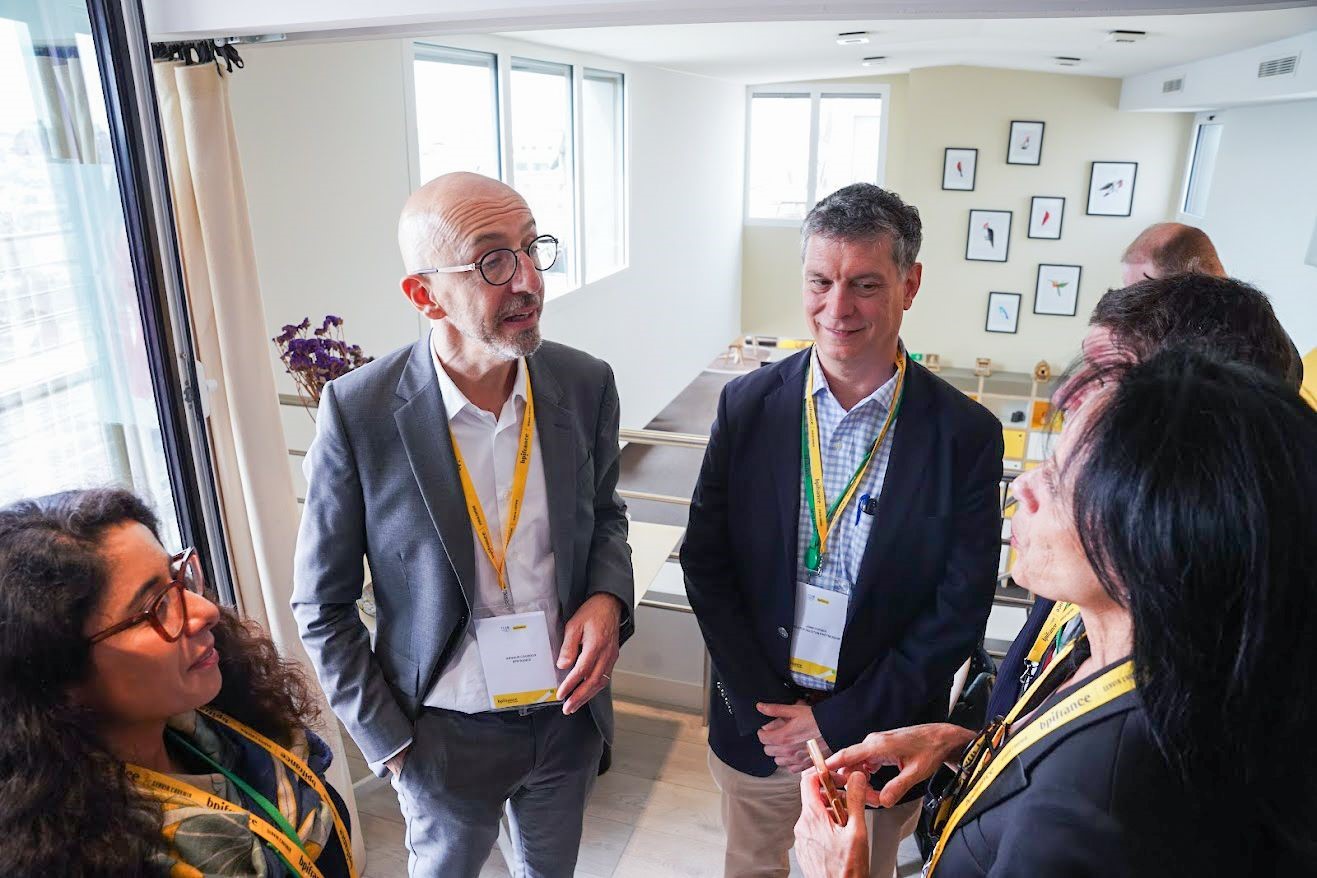Regions and Neighborhoods: Historic Town of Dayton Poised to See Growth with Opening of Grand Parkway
Published Aug 16, 2022 by Brina Morales
The recent completion of northeast segments of the Grand Parkway is spurring economic development in cities surrounding Houston. One of those cities is Dayton, located in southwest Liberty County just 30 miles east of downtown Houston. The historic small town is poised to accommodate growth overflowing from Harris County. By 2035, the population is expected to be 131,000 people in Liberty County. In 2020, the U.S. Census Bureau reported a population of 91,628.
Dayton offers people a slower-paced lifestyle and access to outdoor recreational activities. The Trinity River National Wildlife Refuge is a short drive from the city, offering hiking trails, kayaking, boating, fishing and more.
Located along Highway 90 and accessible by road and rail, the opening of the Grand Parkway is a gamechanger for the rural area now more easily connected to the greater Houston region. The Partnership spoke with the Dayton Community Development Corporation to discuss what’s on the horizon.
What are some unique characteristics that really set this area apart?
The community of Dayton is full of history and charm. Dayton offers the slower pace of a small community, with every amenity available nearby in the country’s fourth largest city, offering a quality of life not easily found in suburbia.
Describe the business community in Dayton. What are some of the most active industry areas?
Dayton has a strong manufacturing sector, but we are seeing growth in the retail sector as well. With the completion of 99 (Grand Parkway), several new developments coming to the area, and access to several major highways and rail services, Dayton is the prime site for both large and small industries.
What does the recent completion of the Grand Parkway mean for the Dayton area?
The completion of the Grand Parkway means growth for Dayton! With drive times faster than ever to larger cities, Dayton is becoming a hotspot for development. Our residents and businesses now have easier access to any resource they need.
Are there any other exciting things on the horizon for Dayton?
We have some exciting things coming together in Dayton. We have several new restaurants, including a coffee shop, Wendy’s and Shipley’s along Hwy 90. With new developments, we also have several of our existing businesses expanding. McCoy’s Building Supply is expanding their store off SH 146 to include a distribution center, and Sumiden Wire is expanding their plant as well. We are also seeing an increase in residential developments. We currently have the Village of Westpointe subdivision off Hwy 90 and Waco St. and have several other large residential developments in the works off SH 321, SH 146, and FM 1960.
What attracts most businesses to relocate or expand in Dayton?
Dayton’s quality of life and accessibility set us apart. All roads (and railways) lead to Dayton. Four highways converge in Dayton: US Hwy 90, SH 146, SH 321, and FM 1960, and access is easier than ever with the completion of the Grand Parkway passing through the western portion of Dayton. Union Pacific has recently expanded its rail car capacity by adding 280 acres of storage space. With two major rail-served industrial parks adding over 1,300 acres of land for industrial growth, Dayton is firmly positioned as a logistics and transportation center, which means jobs and economic stability.
What are 4-5 signature spots to visit? Any hidden gems people need to know about?
- Downtown Dayton comes alive at The Crossroads Plaza for lunchtime every Friday where a variety of food trucks gather. The Crossroads Plaza is also home to our monthly farmers market and other community events.
- Take a #DaytripDayton and visit several murals in the heart of Dayton. We currently have 3 murals featuring the history of Dayton and the scenery of Texas wildflowers showcased in our downtown area.
- Take a stroll around the Dayton Community Center grounds and visit the Love Locks Fence! This Paris tradition has made its way to Dayton, Texas. Bring a lock and a loved one to add your own little piece of history.
- Visit our stars. Take a scenic drive around our small town to visit all 39 of our hand-painted stars. Whether it’s a large organization or an individual wanting to show support, our stars are spread throughout our community as a show of Dayton pride.
What’s missing from the conversation about Dayton?
While Dayton is still a small city, we are leaps and bounds from where we were just a few short years ago. With unprecedented growth coming into the area, we are seeing a boom in residential developments and commercial alike. With that, our community is still dedicated to fostering a small-town feel. We are excited about the growth coming our way and to see what the future holds for our community.
 The Houston Report
The Houston Report



















